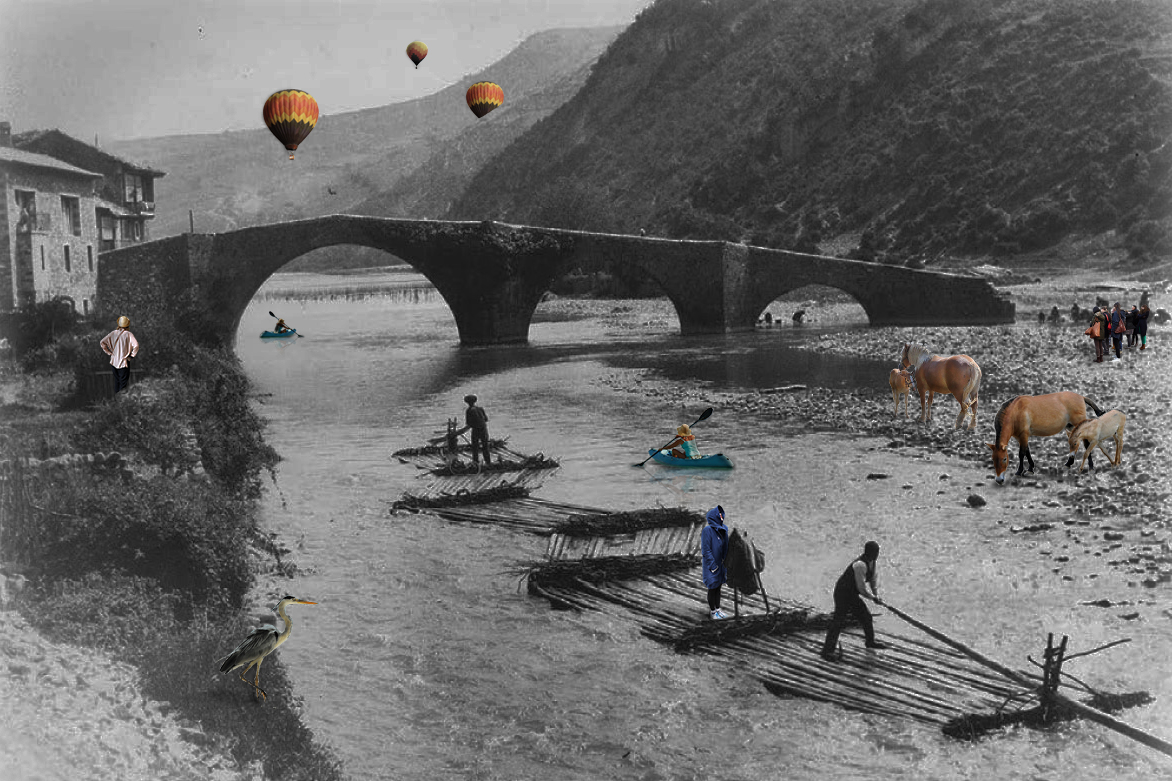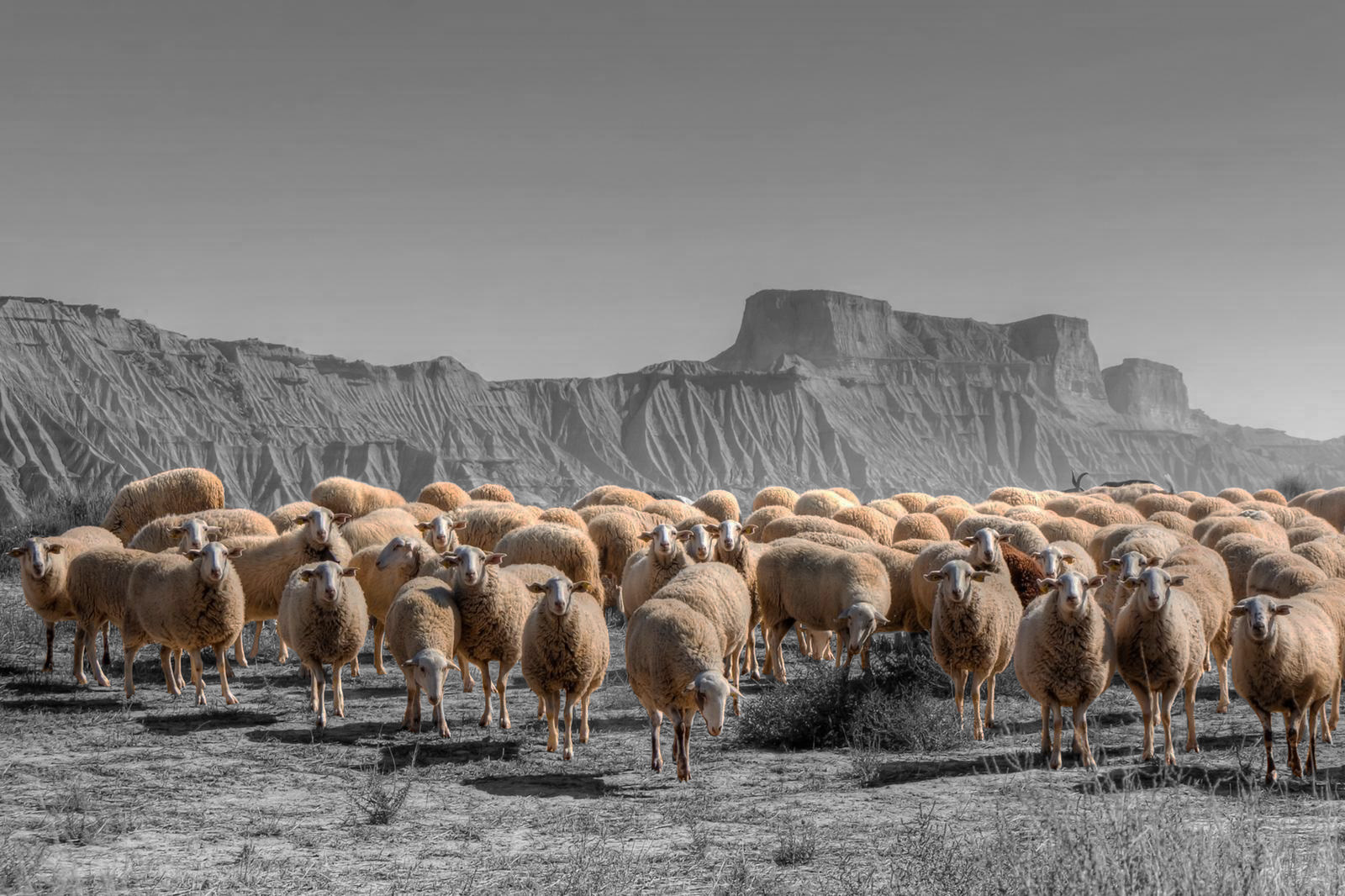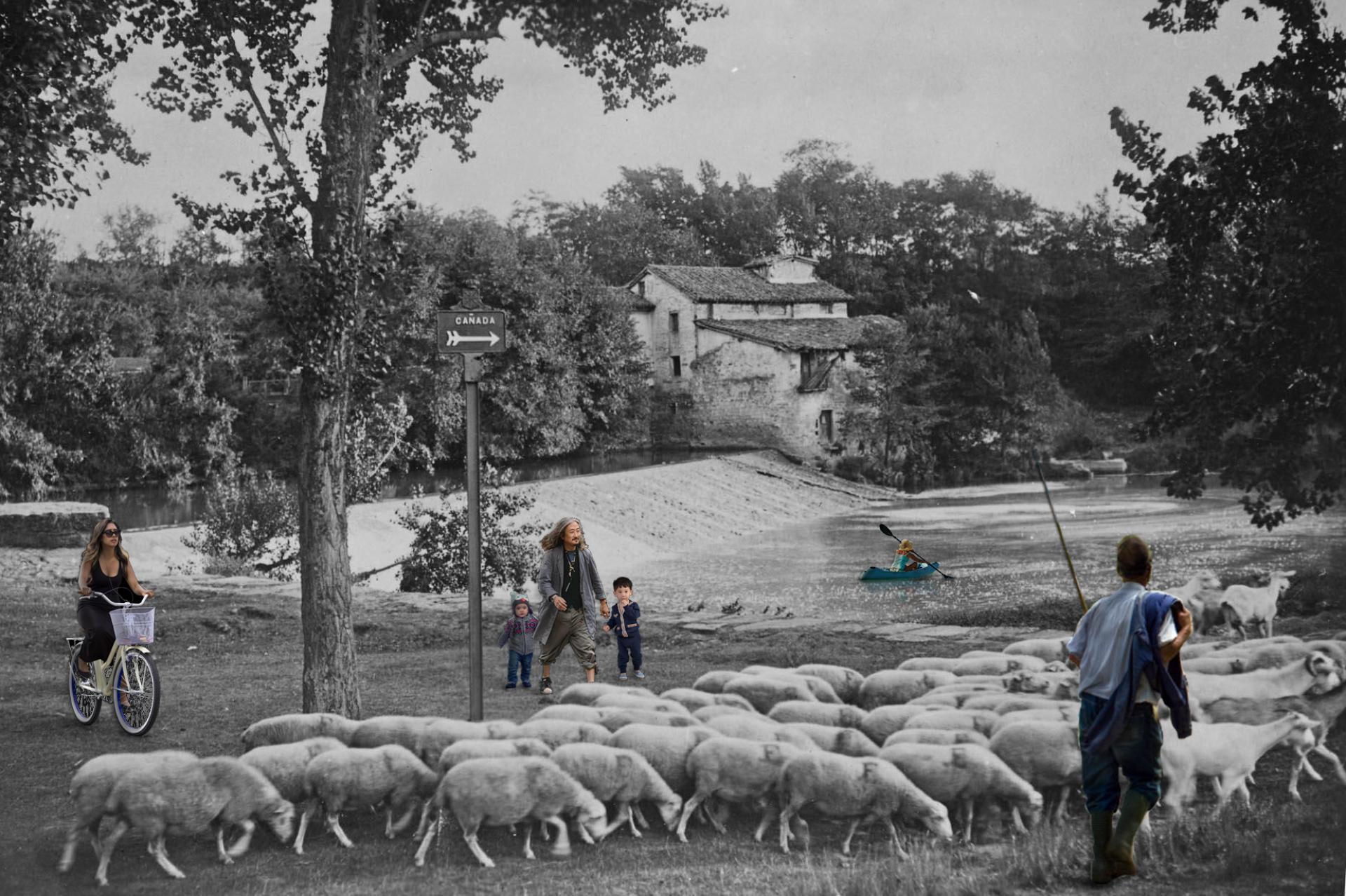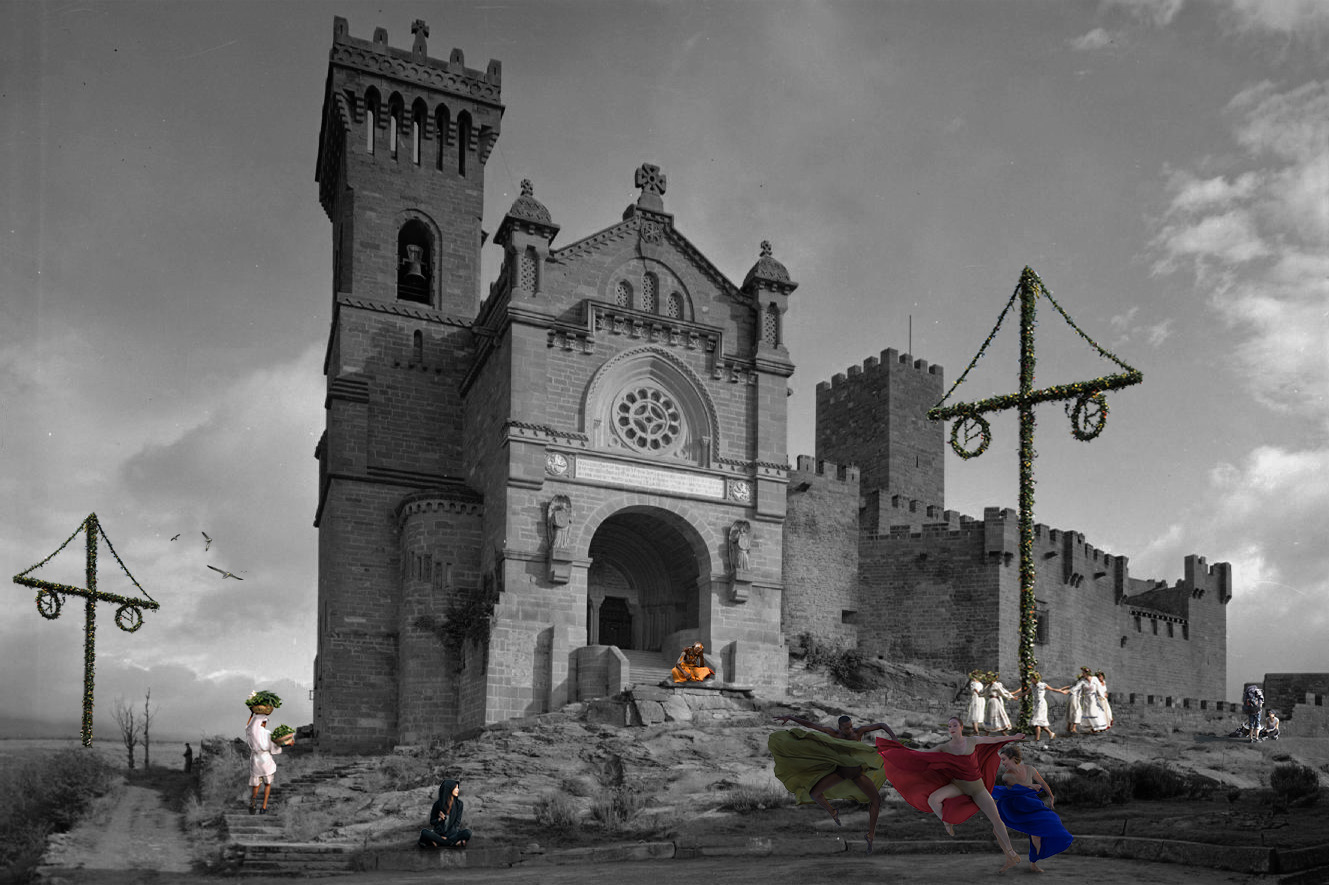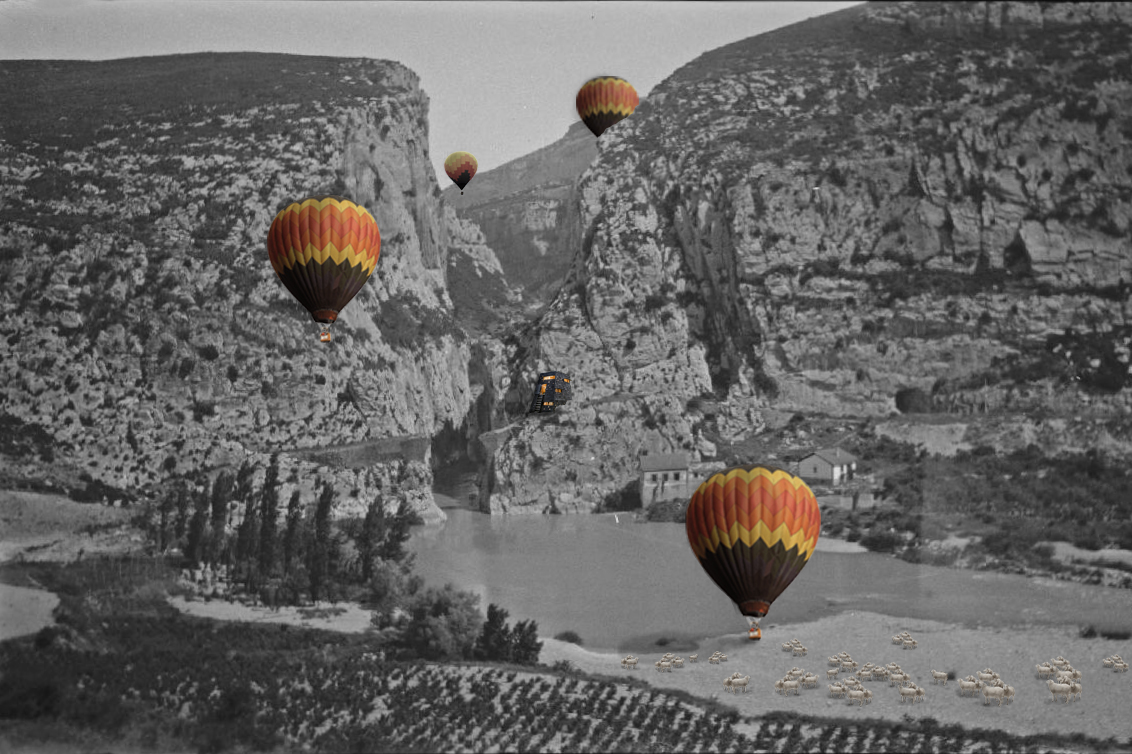NEW TRASHUMANCE
Basic information
Project Title
Full project title
Category
Project Description
Due to the imminent need to halt the advance of climate change, we are facing a paradigm in which the rehabilitation of rural areas is becoming an essential point in this regeneration process. Therefore, this project seeks to act on the revitalization of a regional livestock route with small changes that do not involve major alterations in the ecosystem but rather ensure that places that are currently disused or abandoned become generators of experiences.
Geographical Scope
Project Region
Urban or rural issues
Physical or other transformations
EU Programme or fund
Which funds
Description of the project
Summary
Instant, effectiveness, ease, - these are some of the most valued characteristics nowadays. However, our proposal decides to question all these terms to rescue what we consider as one of the most lacking values in today’s creations: memory. Our proposal tries to touch that fiber of our nature that seeks familiarity, calmness, in one word the reconnection with the culture.
For hundreds of years, the shepherds of the Navarre region had the arduous responsibility of making grazing trips twice a year to take advantage of the productivity peaks that exist in different regions and at different times. Their paths, today forgotten, cross the different towns, cultures and landscapes of this community. As a proposal, the aim is to recover the livestock routes of the Cañada Real de los Roncaleses in order to improve its paths and promote the link between the inhabitants.
This renovation of the existing route will be carried out from small actions that pass almost unnoticed without much economic cost, but that, in turn, make it an attractive path for local tourism. In this way, the experience will be improved while maintaining the essence of a traditional path, where anyone, regardless of age, can enjoy the landscapes of Navarre and at the same time learn about its rich culture.
It is a path from the desert to the mountains, a 6-stage experience, a scenario of reconnection with the landscape and culture. An opportunity to reactivate impoverished areas, to value biodiversity and an innovative way to decongest the city. In essence, it is a proposal that not only promotes
Key objectives for sustainability
We find ourselves faced with an existing route in the Cañada Real de los Roncaleses, part of a network of cattle trails that have been used for hundreds of years by the shepherds of the Autonomous Community of Navarra to make their grazing trips twice a year from the mountainous and cold area of the autonomous community to the warm plains of the Navarrese riverside. This method of moving the herds is transhumance, a sustainable grazing method whose process contributes to quality products, unbeatable veterinary health conditions, use of pastures, and the cleanliness and maintenance of rural areas, a practice that is being lost due to globalisation. It is because of these characteristics that the fundamental role it can play in the reduction of climate change and its adaptation is recognized. Because the recognition of these functions implies a revaluation of livestock trails and transhumant activities, we are faced with the possibility of making an effort to recover, in the eyes of the people, the value of this practice, its benefits, and its importance for rural areas. That is why this project proposes to renew the existing route of one of the shepherding routes through small actions that pass almost unnoticed, but that improve the place, trying to remain a zero pollution path, maintaining the tradition of transportation by walking, or including sustainable methods such as mobility with animals or bicycles. At the same time, with this project we try to make known the rich biodiversity of the region, achieving a tour through the variety of ecosystems of the Navarre region, being the sum of these personal experiences the one that drives the change we seek.
Key objectives for aesthetics and quality
The Cañada Real de los Roncaleses is the easternmost of the Navarre's cattle trails, linking the Roncaleses' Pyrenean pastures in summer with the Bardene moors grazed during the rest of the year. It runs from north to south of Navarre, covering 131 km of the Autonomous Community. The route starts in the Belagua Valley, an area that has been populated since Neolithic times, as the Arrako dolmen testifies, and characterized by its forest composed mainly of beech and fir trees, whose colors give the landscape a different character with the passing of the seasons. The route continues through impressive landscapes such as the Foz de Lumbier and the Foz de Arbayún, rugged limestone canyons inhabited by turquoise rivers, and areas of historical heritage, highlighting the Monastery of Leyre, one of the most important monastic complexes in Spain for its historical and architectural relevance, and the Castle of Javier. It reaches the Ebro Valley, where it crosses the protected natural park of the Bardenas Reales, an arid landscape composed of orange tones that is characterized by its rock formations carved by erosion caused by strong winds and rains, and that paradoxically hides a great wealth of flora and fauna. This diversity of scenic views gives a singular character to the route, since they are distributed along the six stages into which the trail is divided, so that there are no obvious starting or ending points, making it possible to appreciate the beauty of the route at all times, and affirming the importance of the experience of walking as the main focus.
Key objectives for inclusion
Due to the unique route that the Cañada Real de los Roncaleses contains, the route it follows touches very different regions and cultures, since in the northern part of Navarre we find both a way of building and living very different from what we can find both in the middle zone and in the riverside. The path runs along cattle trails where you can observe the transit of shepherds in times of transhumance. In addition, it crosses 6 villages, most of them semi-abandoned or with elderly inhabitants because these villages with the passage of time and their remoteness from the cities have fallen short in the supply of services for its inhabitants. That is why this project proposes to renew this route, paying special attention to the improvement of the path so that all people can make the journey without impediments of accessibility and enjoying different means of sustainable transport that offer different ways to perceive the route. At the same time, due to the great influence that the increase in the transit of people will have on the different villages, it is intended to improve them with the inhabitants as protagonists of the action, being them who contribute to identify key improvements and needs of the village to renew itself before the new influx of visitors. This in turn would contribute to making the interventions economically affordable and rooted to the real needs of the people. The end result, with passers-by, locals, and shepherds, encourages interaction between the different groups involved during the enjoyment of the trail experience.
Physical or other transformations
Innovative character
The combination of these three dimensions, sustainability, aesthetics, and inclusion, is produced from the very moment in which the objective of revitalizing the existing route of the cattle trail is established in order to generate immersion tourism, in which culture and landscape play a leading role along the proposed routes. As transhumance is the germinating origin of the idea, it marks in the project certain principles to be followed that define the line of action and maintain the coherence of the interventions. These principles are to ensure sustainability, to appreciate and care for the natural landscapes through which the journey is developed, and to maintain centuries-old traditions. Aligned with these principles, the renovation of the road through punctual interventions and sustainable construction reinforces the union of these three dimensions by protecting the beauty of the existing landscape, minimizing damage to the environment, and involving the locals in the design process to identify the true needs of the area. Additionally, the interrelationship that occurs between the different groups of people who are involved during the route implies a learning process that involves the maintenance of the transhumant tradition, helping to revalue this pastoral practice as part of the culture of the region. The fact that aesthetics, inclusion, and sustainability are present from the beginning of the project and play an essential role throughout its development is what makes their combination exemplary in its conception and this is the reason that allows its possible adaptation to different cultural contexts.

